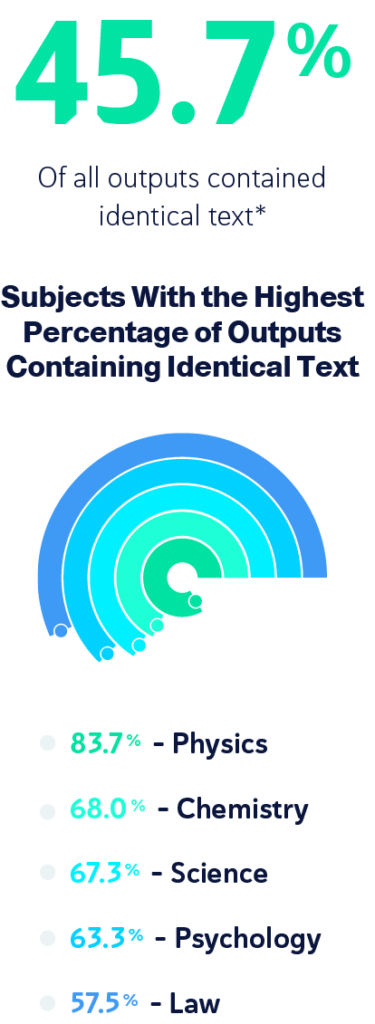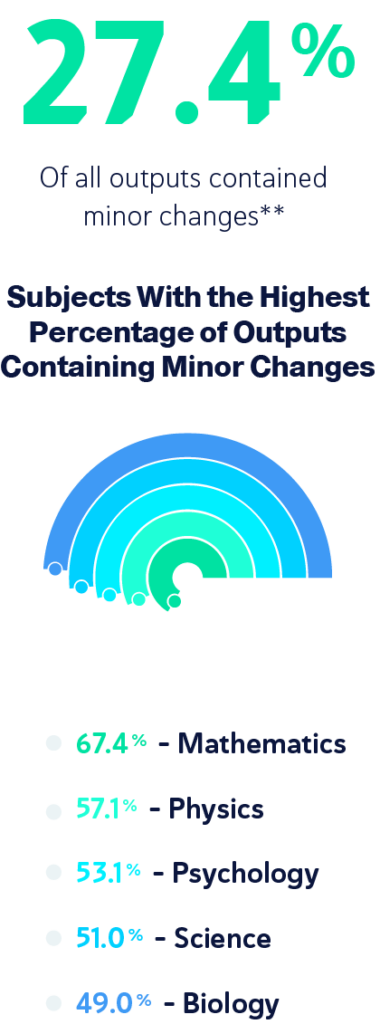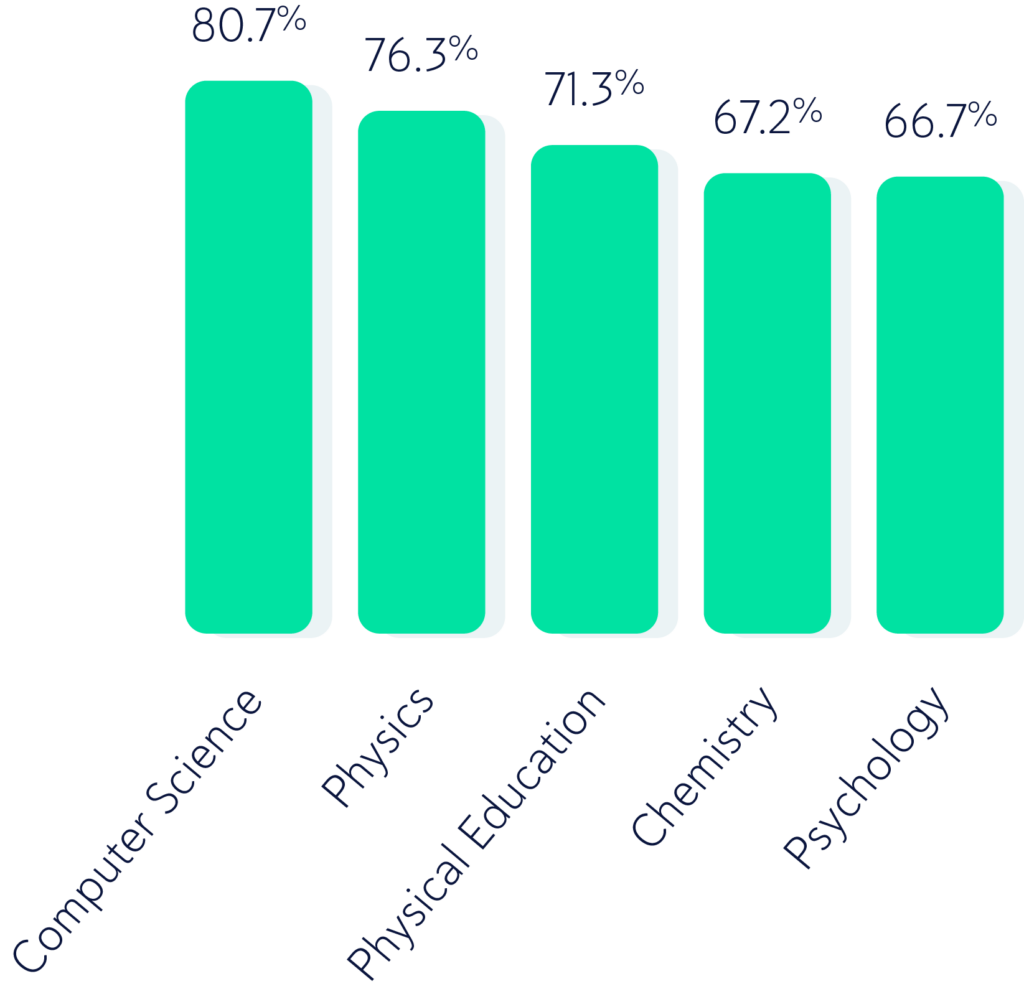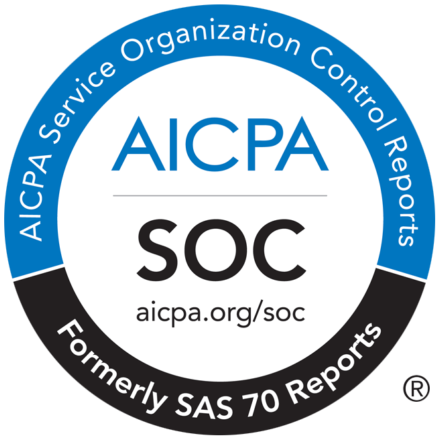Is it starting to feel like AI is everywhere? That might be because, in many ways – it is. There’s an unprecedented amount of AI-generated content now saturating the internet.
A 2023 report predicts that by 2026, nearly 90% of online content will be AI-generated.
Due to the heavy AI content saturation, quality concerns have been a hot topic of discussion worldwide. Add to the mix that all that AI saturation creates data pollution, inevitably leading to model collapse, and there’s something else to be concerned about.
In reality, it seems that the more AI is around, the more we discover that we have reasons to be paying closer attention.
Recently, another question has been asked. In the wake of several lawsuits regarding AI infringing on copyright and potentially plagiarizing, educational institutions and enterprises across the globe are questioning the authenticity of AI text, prompting the question: Do AI models plagiarize?
Plagiarism in the traditional sense has led to some hefty lawsuits in the past. So why wouldn’t we wonder what’s in that AI-generated content? Should we be concerned about where it came from and if it’s safe to use?
To find an answer to those questions, we here at Copyleaks set out to determine the degree to which AI-generated content is original and free of potential plagiarism. Our process was simple: we asked GPT-3.5 to write 1,045 pieces of content, averaging 412 words across all outputs, in 26 subjects, including accounting, world history, art, physics, law, mathematics, music, philosophy, social science, and more.
What we found surprised us.

Types of Plagiarism Found



*Identical Text: A one-for-one copying of someone else’s text that is passed off as your own
**Minor Changes: Content with minor alterations to the source material, such as altering a verb within a sentence (e.g., slow to slowly)
***Paraphrased Text: Putting someone else’s idea into your own words without crediting the original source
Copyleaks then conducted an in-depth analysis to gauge the specific outputs with the highest levels of identical text, minor changes, and paraphrasing across all 26 subjects.
Identical Text
The analysis found that the individual GPT-3.5 output with the highest percentage of identical text was in Physics, where 27.0% of the text was identical. This was followed by an individual Chemistry output where 24.7% of the text was identical.


Minor Changes
The individual GPT-3.5 outputs with the highest percentages of minor changes were from Physics and Psychology, where 25.2% of each respective output contained minor changes.
Paraphrased
The individual GPT-3.5 output with the highest percentage of paraphrasing was in Computer Science, where a surprising 80.7% of the text
was paraphrased. This was followed by an individual Physics output where 76.3% of
the text was paraphrased.

Similarity Score
The Similarity Score is a Copyleaks-specific scoring method aggregating the rate of identical
text, minor changes, paraphrased text, and more. A score of 0% signifies that all of the content
is original, whereas a score of 100% means that none of the content is original.
Highest Average
The subject with the highest average Similarity Score is Physics at 31.3%, followed closely by Psychology at 27.7% and Science at 26.7%.


Lowest Average
The subjects with the lowest average Similarity Score are Theater at 0.9%, Humanities at 2.8%, and English Language at 5.4%.
Highest Overall
The analysis found that the individual GPT-3.5 output with the highest Similarity Score was in Computer Science, with an astounding 100%.

It’s clear that with AI-generated content expanding and continuing to saturate the internet, we need to be more informed about what’s in AI-generated content, especially before we publish it or submit it in an assignment. As the data shows, nearly 60% of AI-generated content contains some form of plagiarism, and nothing ruins a career or academic achievement faster than a plagiarism accusation.
The insights provided by the analysis can help educational institutions, content creators, marketing teams, and everyone else that are utilizing AI models put the necessary emphasis on certain subjects when checking for plagiarism. Doing so allows for tailoring the approach as needed to ensure all potential risks and concerns are addressed.
Furthermore, the data underscores the need for adopting solutions that detect the presence of AI-generated content and provide the necessary transparency surrounding potential plagiarism within the AI content. Full-spectrum protection that includes AI and plagiarism detection ensures compliance with copyright and licensing and empowers authenticity and originality within all content.

